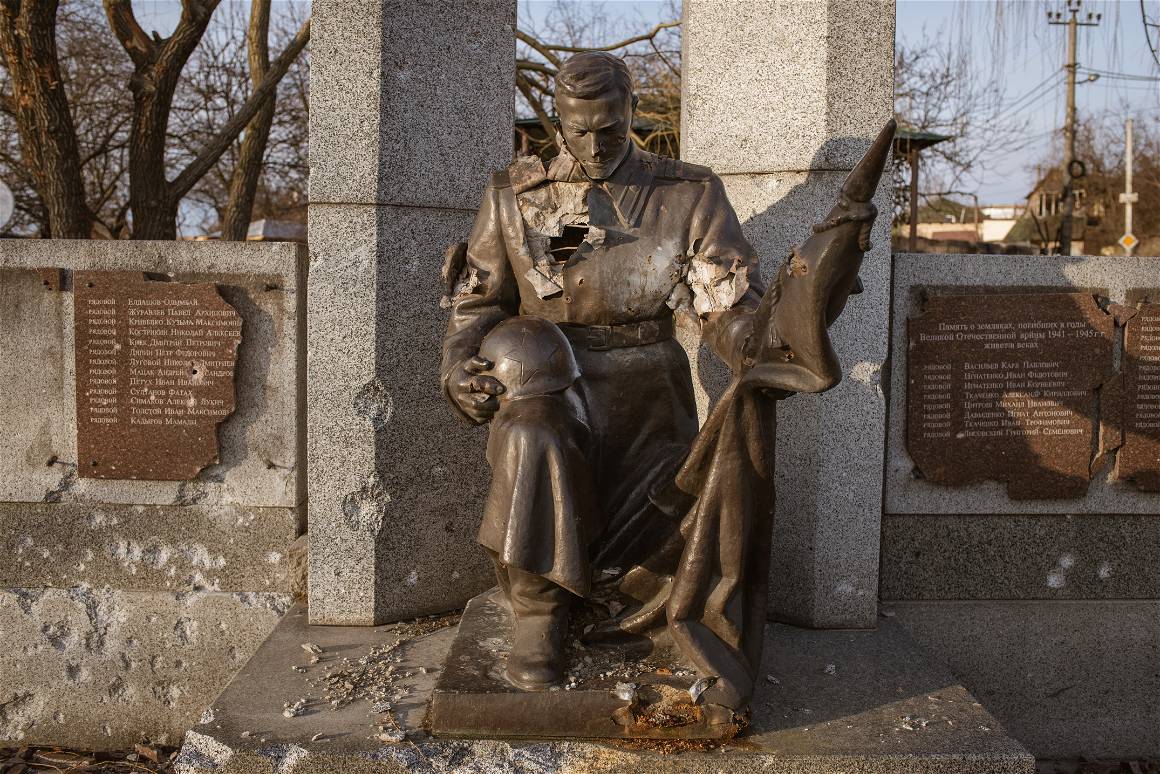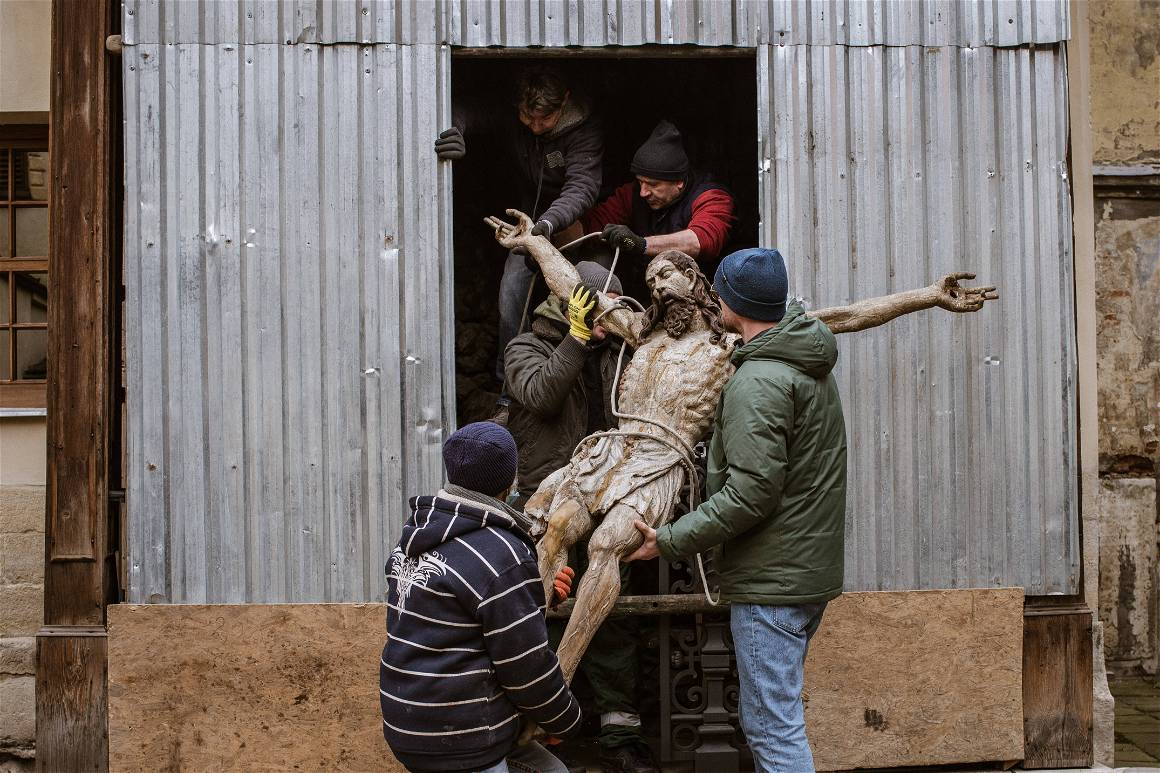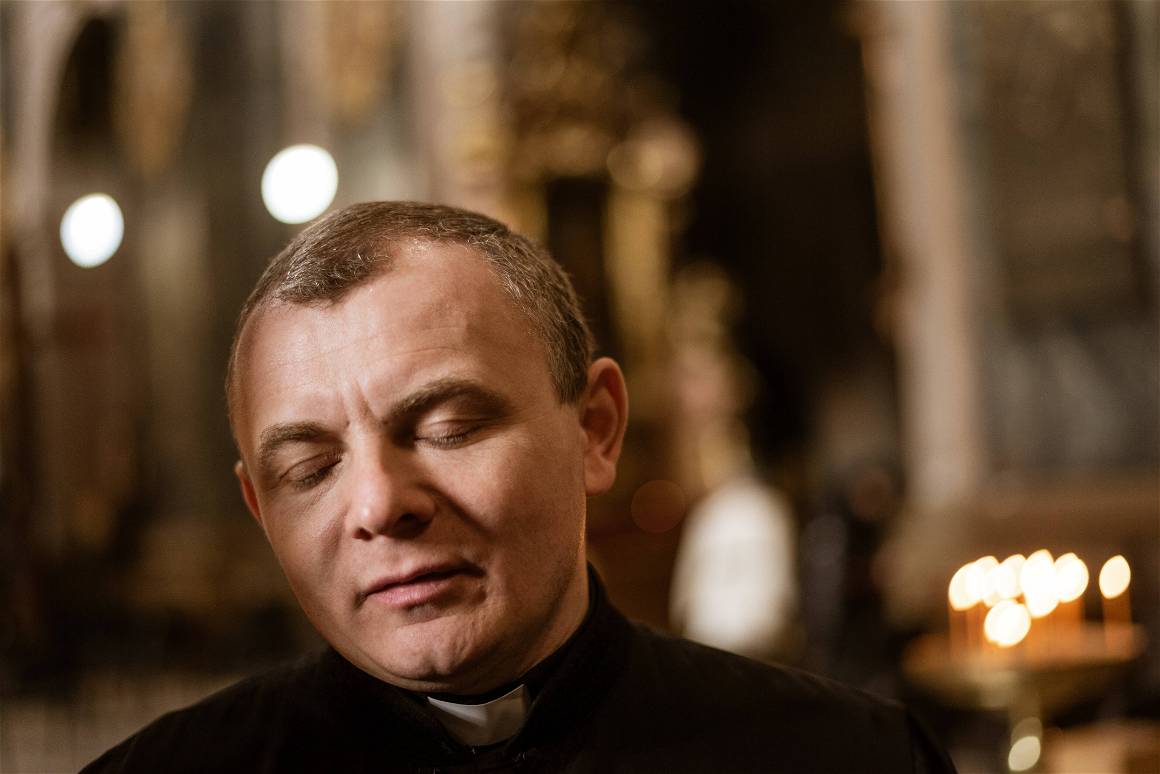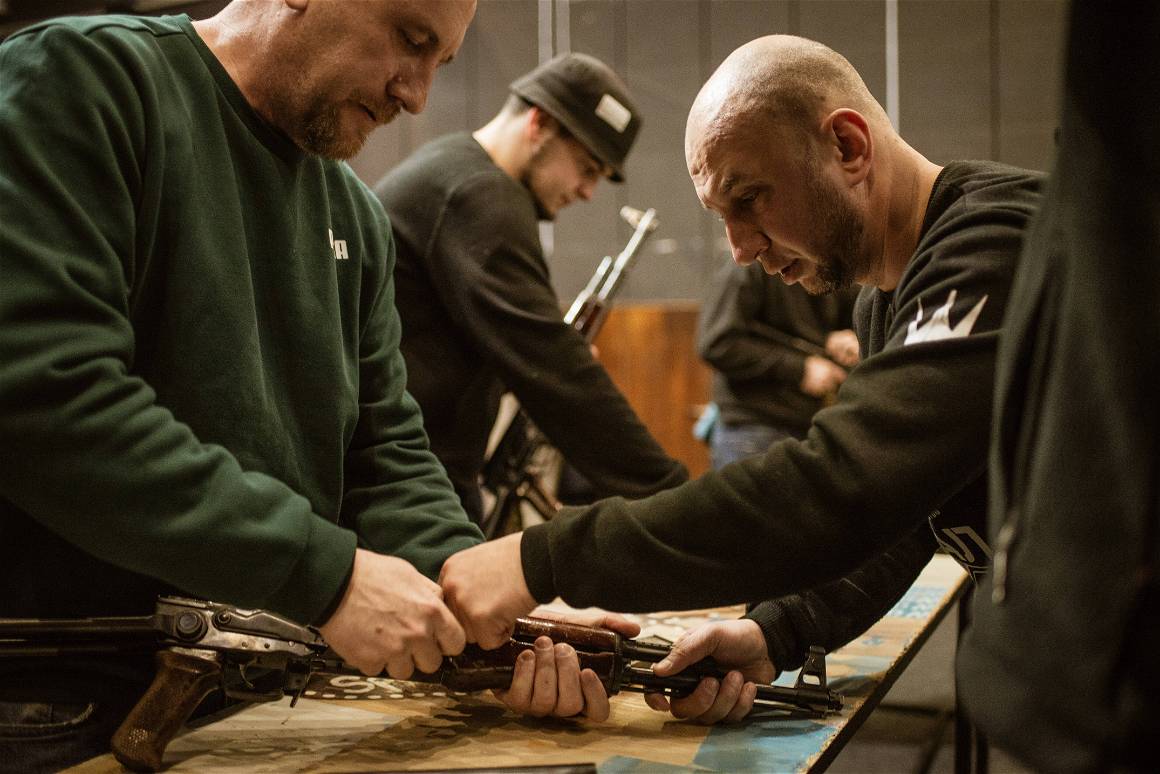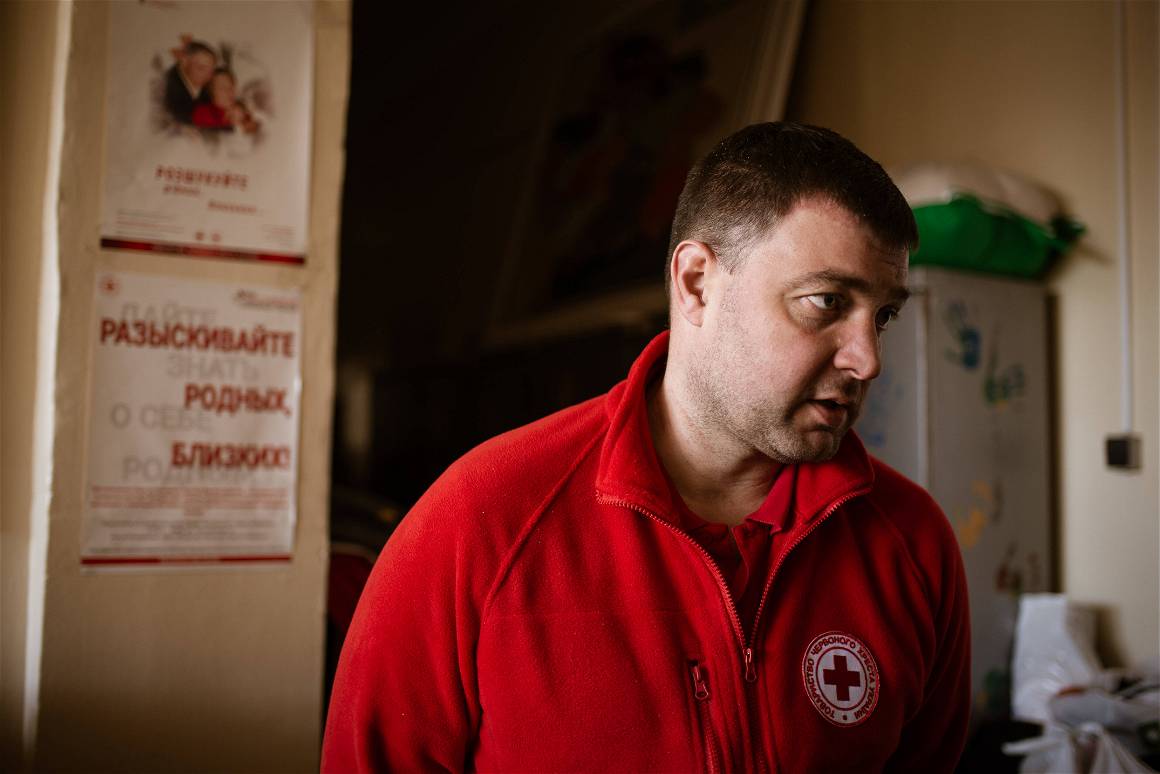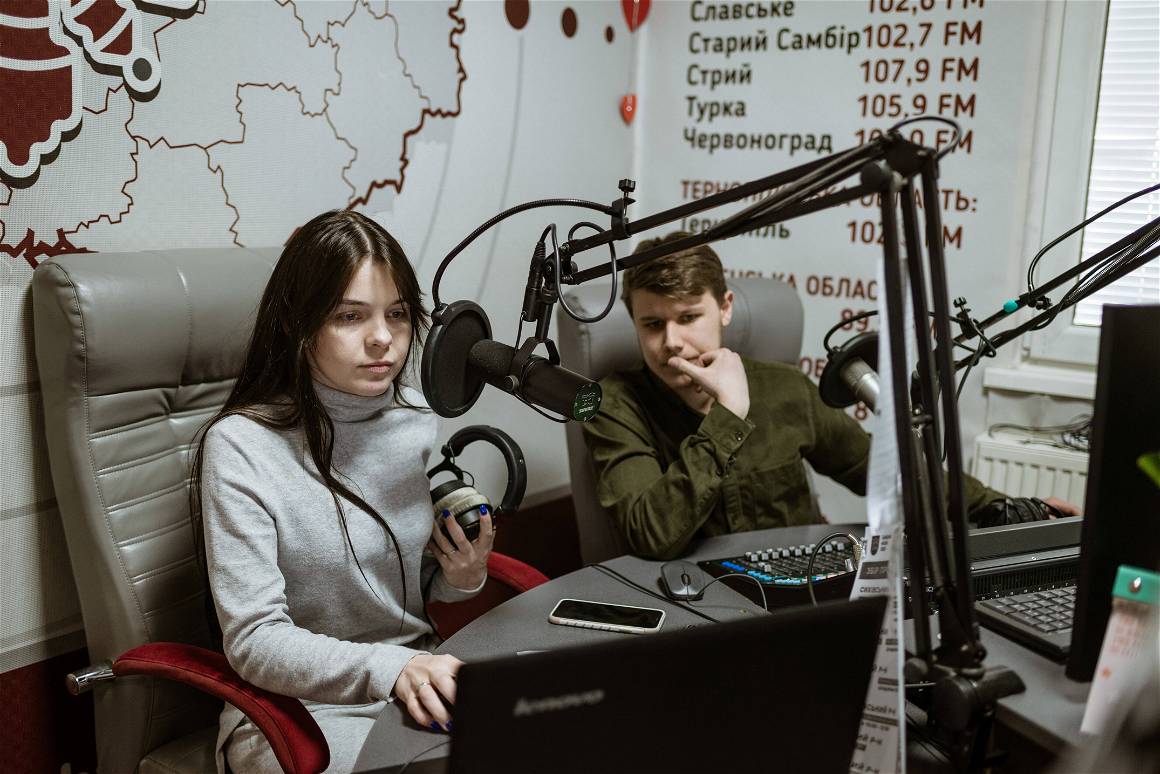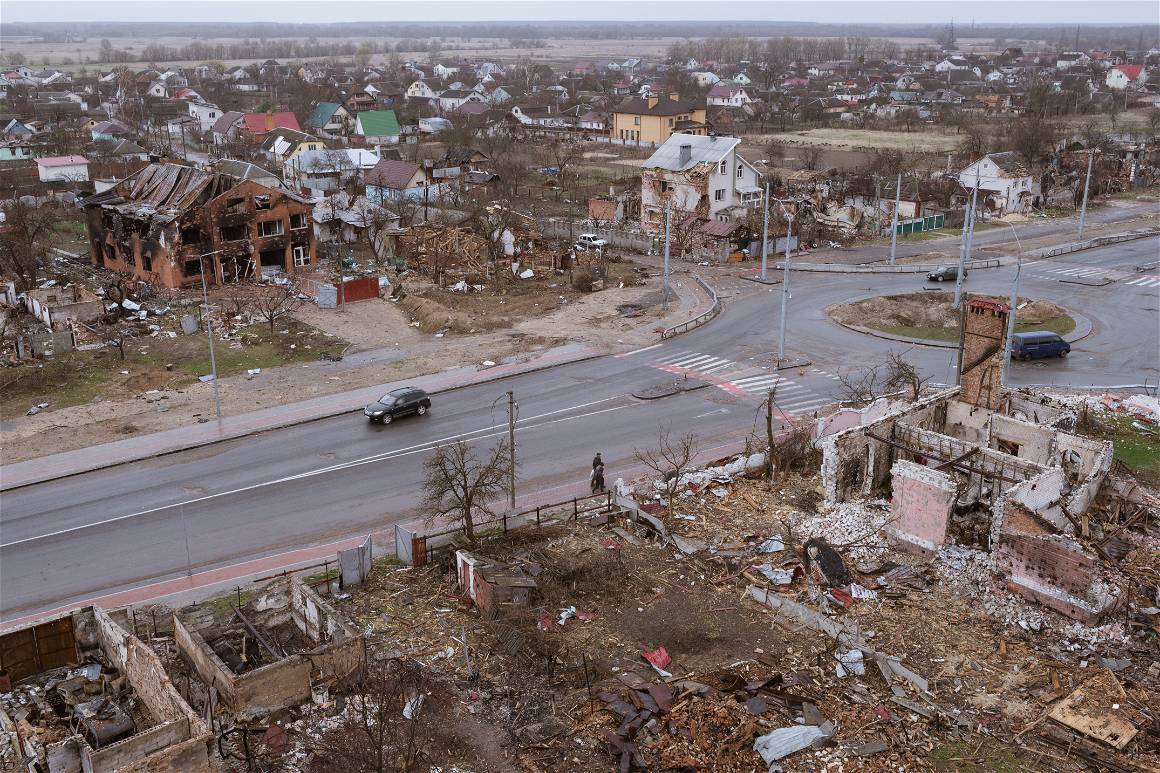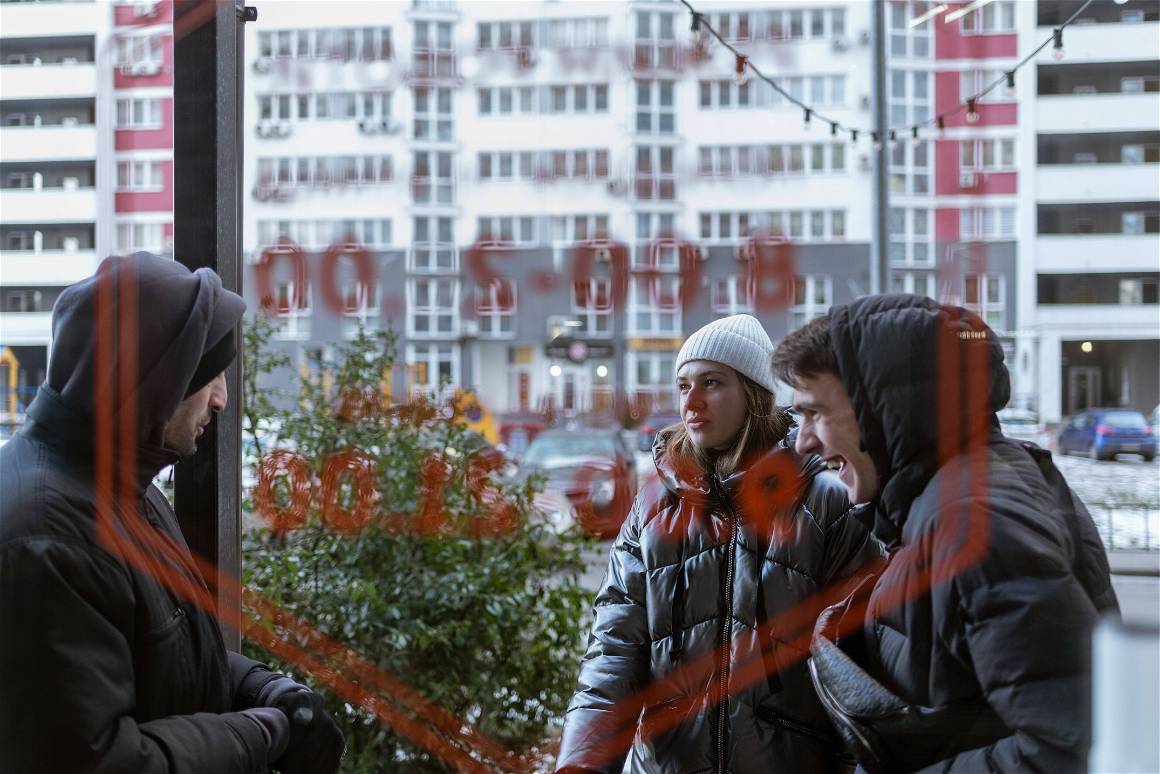André Luis Alves was in a children’s hospital in southern Ukraine when two reporters next to him photographed a wounded child without the nurse's permission – but Alves prefers a different route to get his shots. IMAGO spoke to him about ethical war journalism and giving a voice to those undercut by sensationalized coverage in Ukraine.
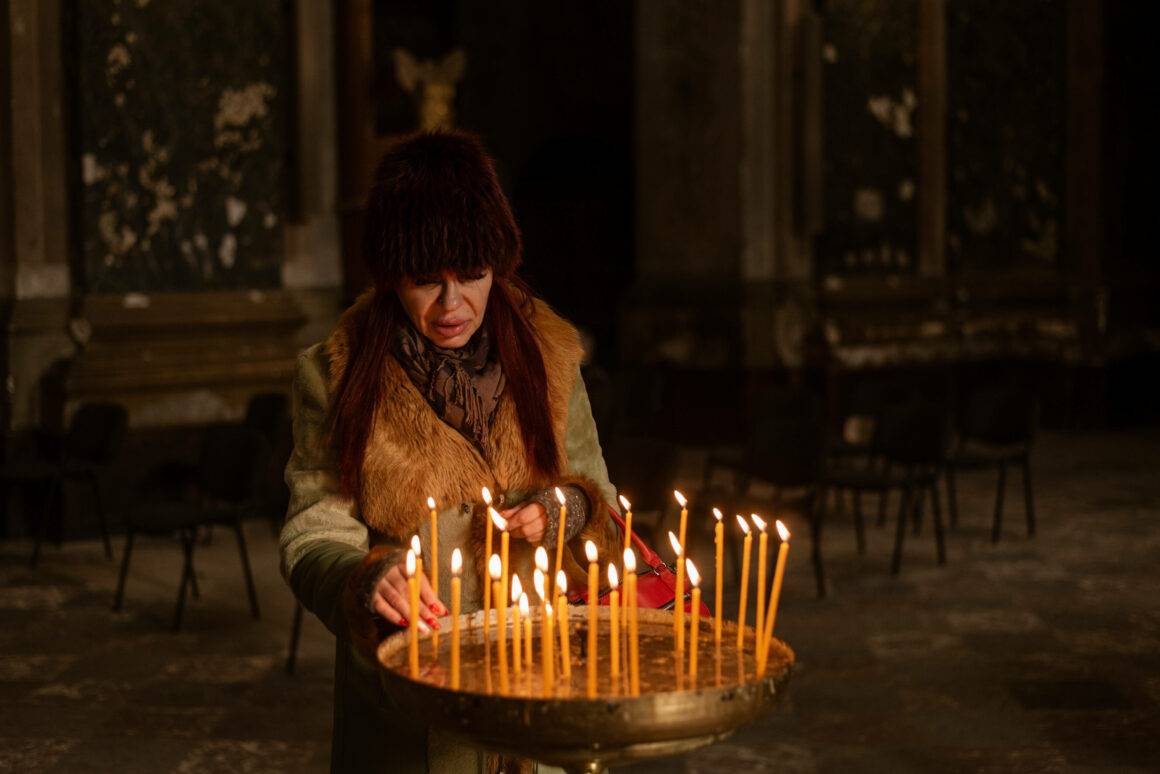
The People of Ukraine, Beyond the Explosions – André Luís Alves on Ethical War Photography.
“The real issue is whether indeed there can be a true representation of anything, or whether any and all representations, because they are representations, are embedded first in the language and then in the culture, institutions, and political ambience of the representer.” – Edward Said
Edward Said’s groundbreaking book Orientalism was a call to photography for André Luís Alves. Dissecting biased and sensationalized Western representations of the East, it brought Alves – who has been in Ukraine since February 27 – to focus his photos on an ethical, nuanced and compassionate representation of the conflict and its people, with Said’s lessons as his pilot.
“I felt that maybe the West is not really understanding the other part of the world. So taking that as an inspiration, I started to try to come to the East,” he said in an interview. Now having returned to Ukraine where he lived in 2017, “I want to show how the real lives of humans are mingled in this war. War by itself, I have no sympathy for that,” said Alves. “The first reason I am here is to help people. I don’t care about my glory as a journalist. I think that is pointless. If your work is good, it will come to you,” he said.
“I want to show how the real lives of humans are mingled in this war. War by itself, I have no sympathy for that.”
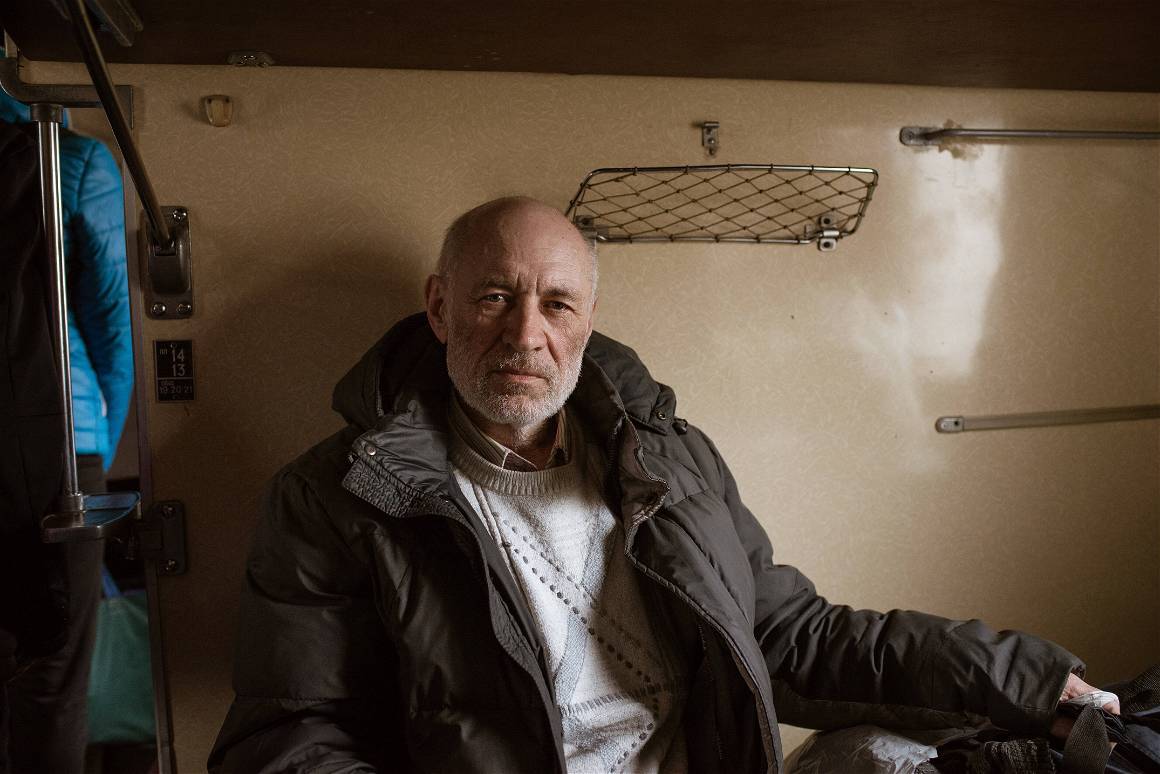
Everyday, IMAGO’s database is overwhelmed with numbing images of tanks and destruction in Ukraine – but for Alves, it is the people and their varying stories often left out of the mainstream, which lie at the core of his work and reveal a more sensitive approach to war journalism. And it is photos like these which stand out from the bunch.
His work is about showing the different consequences of the conflict, and how the identities of his subjects go beyond just war. When we know their names and their stories, we can begin to understand war on a more authentic and connected level. Photography that does not show the full scope of a conflict and its people has large ramifications, as Said warns in his book. An overload of unfathomable images showing only explosions and suffering, what is often known as war-tourism, can be desensitizing and difficult to relate with. The emotional responses of war photography effectively influence our views and whether we take action or stay silent. “People’s life is depending on this,” said Alves.
Ukraine is more than just a war-zone and bombed buildings are never just that – they are community centers, theaters, hospitals, homes, malls or historic churches with a story. An 80 year old woman hiding from a month of bombings by herself, children playing in a hospital, tired volunteers cracking a smile, Pakistani students stuck in Ukraine, or a couple kissing in the street, are far more telling and valuable for Alves than gratuitous and overwhelming images of tragedy.


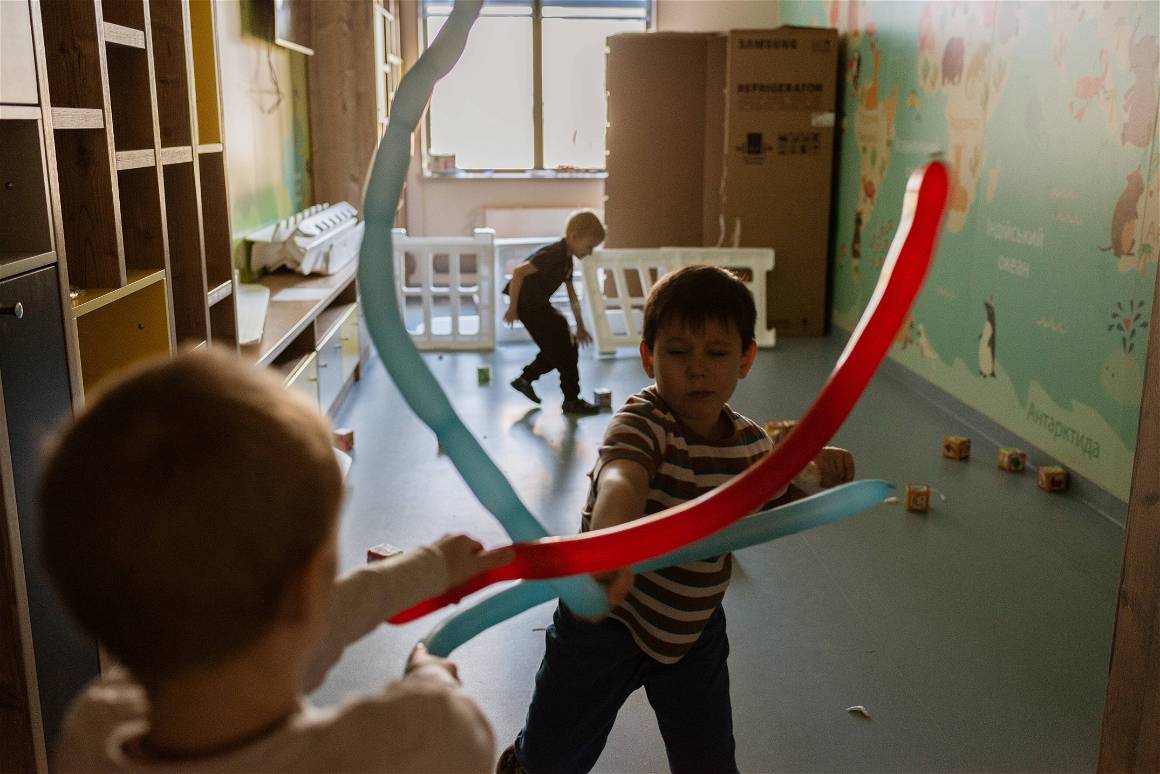
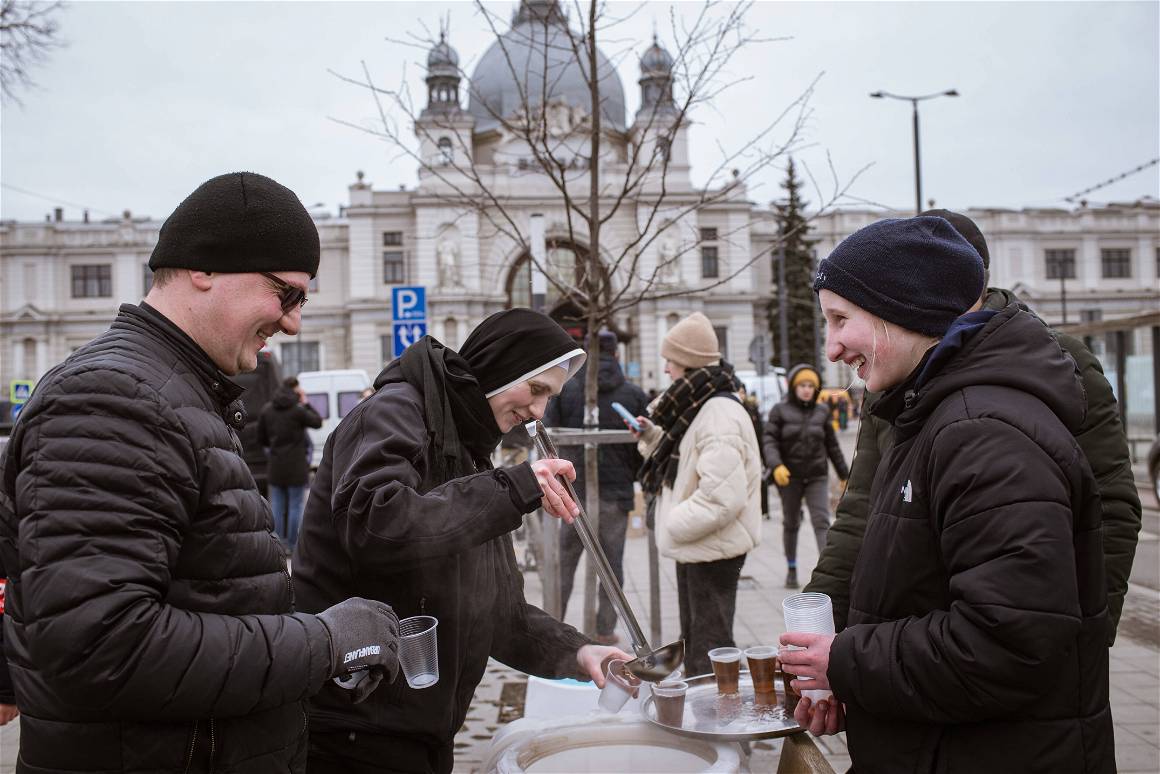
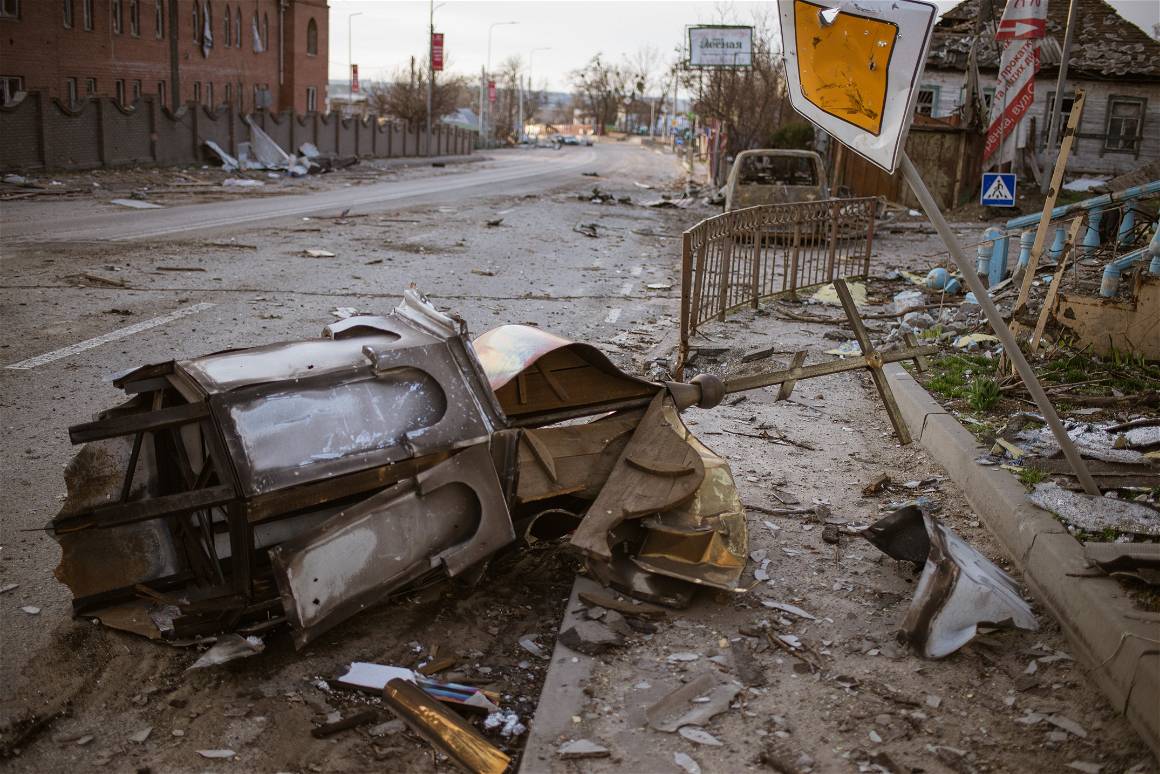
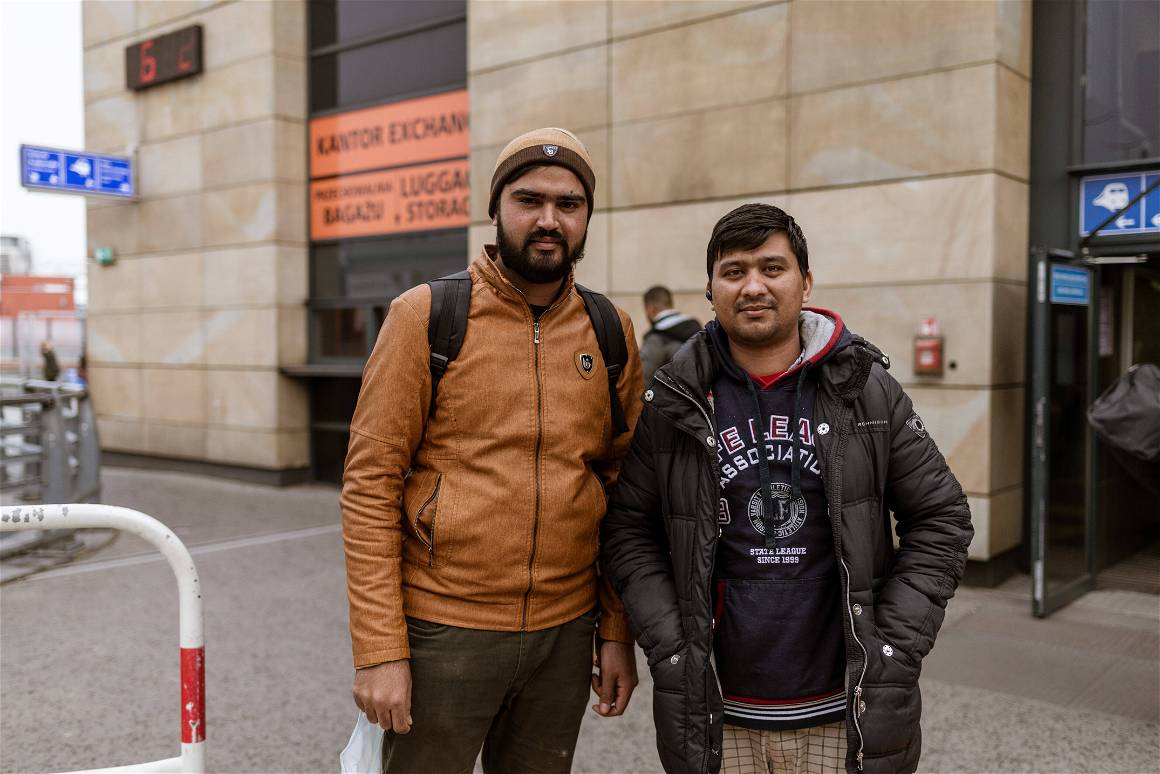

Sensitivity is key to Alves, as he said that vulnerable people can only give so many interviews before they are exhausted. “We don’t have any understanding of what it is like to be in a bombardment when ten people around you just died…I try not to force myself too much…I try to look around and understand what is going on. Then I try to be closer to the people who I feel some kind of empathy for and then I just wait. If they want, they will tell me something. And most of the time they do,” he said.
With no real end-date in mind, Alves stays with friends whom he met while living in Ukraine instead of the hotels housing foreign journalists – known as places of rendezvous and exchange between colleagues to decompress from a shared experience. “For me,” admitted Alves however, “what is more difficult to process is Western reality and the reality of the war at the same time…I really like to be closer to people,” he said.
“I try to look around and understand what is going on. Then I try to be closer to the people who I feel some kind of empathy for and then I just wait. If they want, they will tell me something. And most of the time they do.”

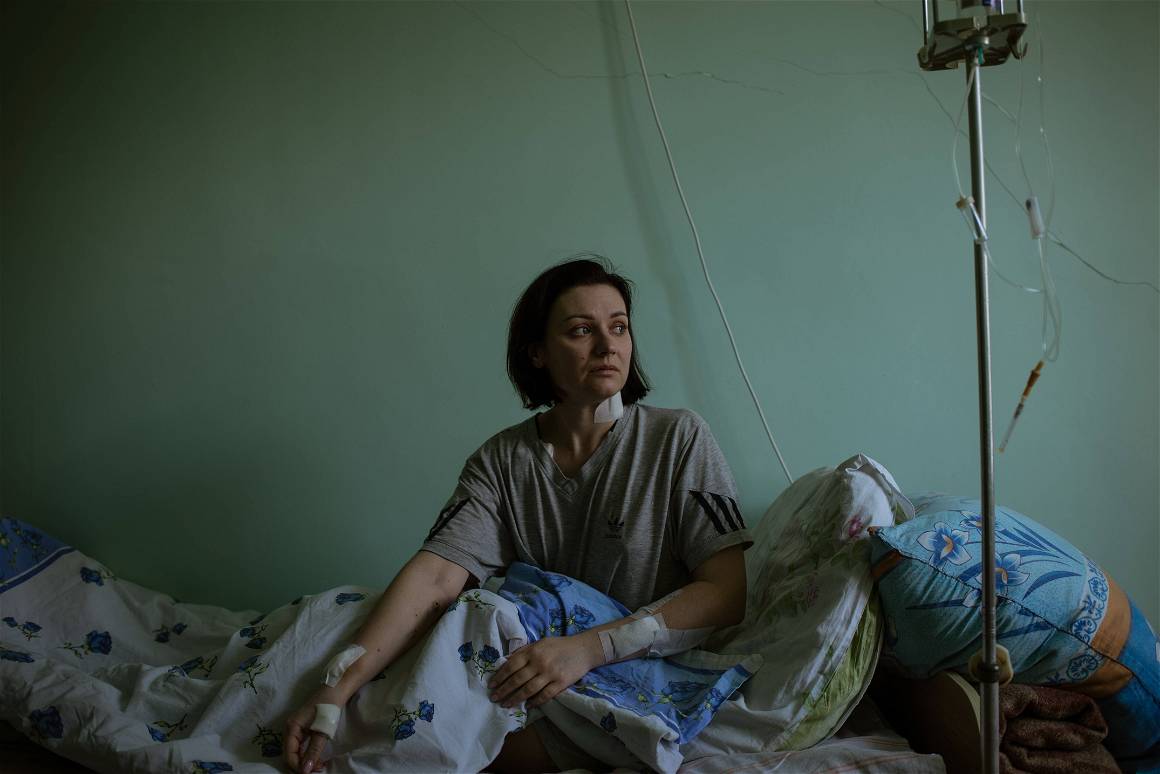
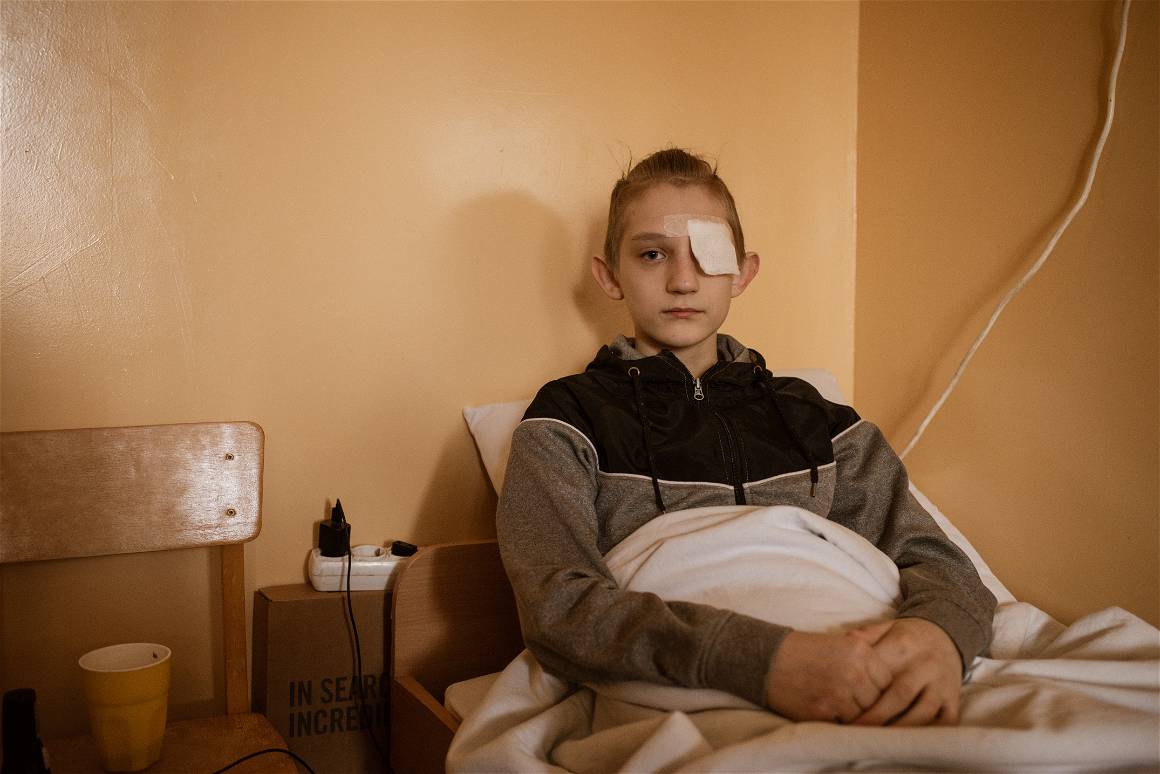
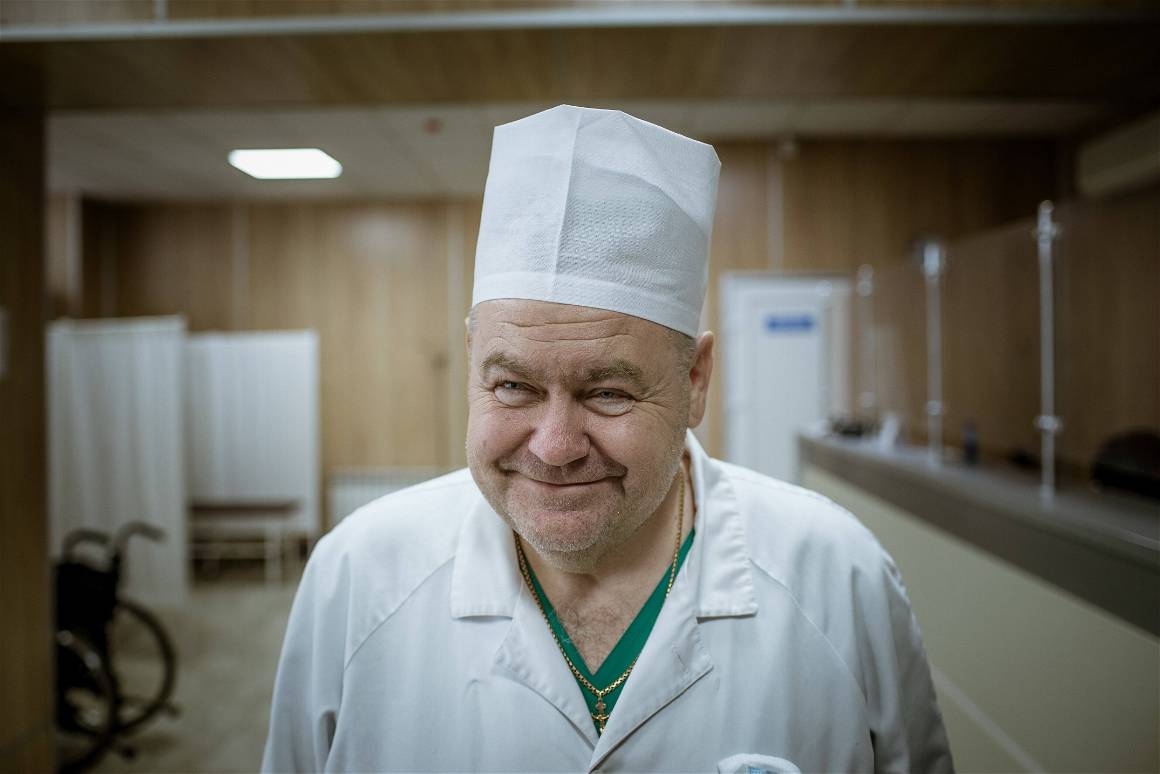
His rogue reporting also means higher risk. “Of course if there is an attack in the station, I’ll be a victim like anybody else. I don’t want to think much about it, but I just feel that if I get away from too much [risk] I will not be telling the same story. I try not to put myself in danger, but if I need to take a train to a place, I will take it. If people are going there, I am just like one of them,” he said.
In an attempt to combat biased and sensationalized war reporting, Western media employing local correspondents or journalists like Alves spending months in a war-zone, are more progressive journalistic approaches: “As well as ensuring that conflicts are witnessed, this could be argued in postcolonial terms to represent a more ethical way of doing war reporting than the traditional model of parachuting in a Westerner with potentially little knowledge of historical or cultural context to broadcast what will become the first draft of a conflict’s history,” wrote Tim Markham, media sociologist from Birkbeck University of London in his paper on war reporting in the 21st century.
But war journalism is also about respect for the subjects and avoiding exploiting victims for a good story. Alves recalls being in a children’s hospital in Zaporizhzhya where the director voiced his anger towards journalists who had recently visited and published a misleading story with photos of children who didn’t receive parent-authorization. “He was really mad because they just published it on Instagram and he felt used,” said Alves. He also said that he was in a room with two other reporters who photographed a wounded child after the nurse specifically told them not to.
“I heard before that you need to be a bit fishy to get the pictures you need. Maybe you do, but it’s not for me…you are exerting some kind of power over [people],” he said, adding that in hospitals, he typically starts by asking how he can help out.
Based in Portugal, he generally covers news events for Global Imagens but has also photographed in places like Iran and Senegal. He is now making his way throughout Ukraine where the most interesting stories lie. Looking on, he wants to focus on how the war impacts the food supply chain and export products, as well as how young people of the Maidan generation will forge their country’s future.
For Alves and his work, his goals could not be more genuine: “I want to have my pictures in the same kind of proximity to my family album. I want to look at these people and I want to feel later on that in my memory I built some kind of connection with them,” he said. “In 20 years nobody remembers [the war], but you have the documentation. Only a few pictures will remain, but these are the ones that will tell the story the way we want.”

